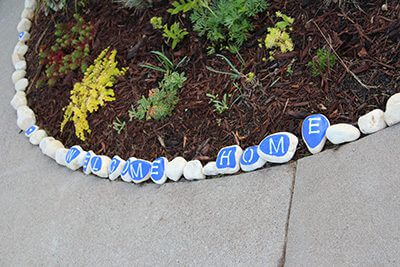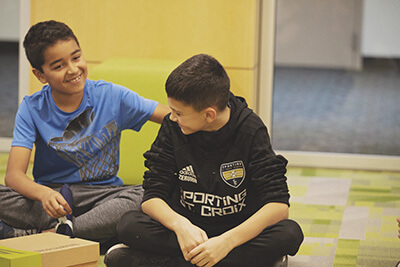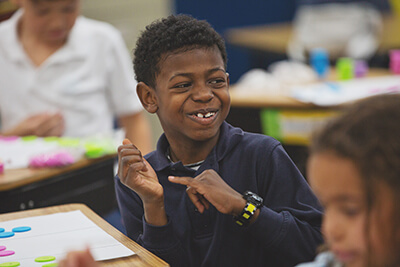February 7, 2019
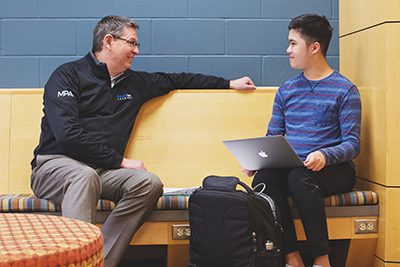 by Dr. Bill Hudson, Head of School
by Dr. Bill Hudson, Head of School
We are fortunate to live in an older neighborhood in Minneapolis. Our house, built in 1915, is more than 100 years old and has a warm, comfortable feel to it. However, with two parents, two children, two dogs, and aging parents, we made the decision several years ago to add on a new kitchen, a bathroom on the first floor, and a family room in the basement. The old kitchen was so small that I could touch the counter and cupboards on one side and easily touch the sink and counter on the other side. Cozy doesn’t quite capture the feeling of what it was like to cook in that small space and it limited what we were able to prepare and serve for our family and loved ones.
We love our house and can’t imagine living anywhere else. However, as our family evolved, our needs did too. We needed to change how we lived. Schools are like that too. Over time, our vision of education changes and the needs of our students emerge in ways that cause us to outgrow the spaces that served us so well for so long. Mounds Park Academy is no exception. Throughout the history of the school, we have renovated and added on to the original building constructed in 1958 to better meet the changing needs of our students. Read More
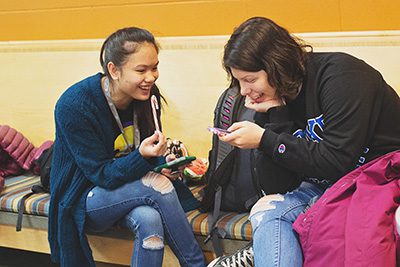 by Jenn Milam, Ph.D., Middle School Director, Mounds Park Academy
by Jenn Milam, Ph.D., Middle School Director, Mounds Park Academy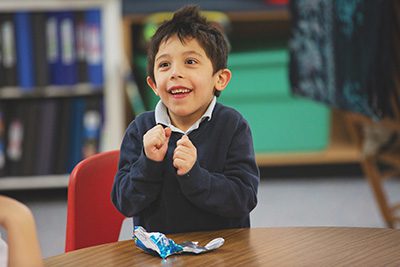 There are so many things to think about when you’re raising a child, but there are few things more important than their education. A child’s educational journey only happens once, so it’s important to guide them down the path that is right for them.
There are so many things to think about when you’re raising a child, but there are few things more important than their education. A child’s educational journey only happens once, so it’s important to guide them down the path that is right for them.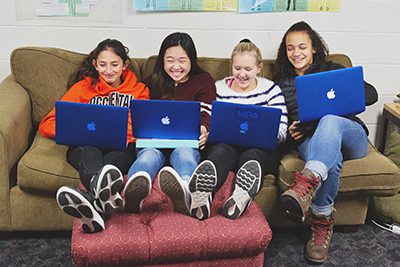 by Dr. Bill Hudson, Head of School
by Dr. Bill Hudson, Head of School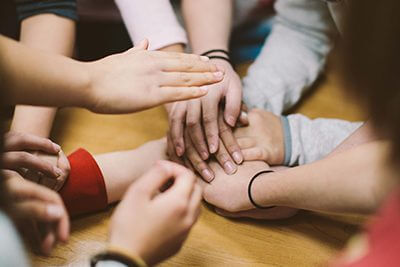 by Brent Peacock, Chair of the MPA Board of Trustees
by Brent Peacock, Chair of the MPA Board of Trustees